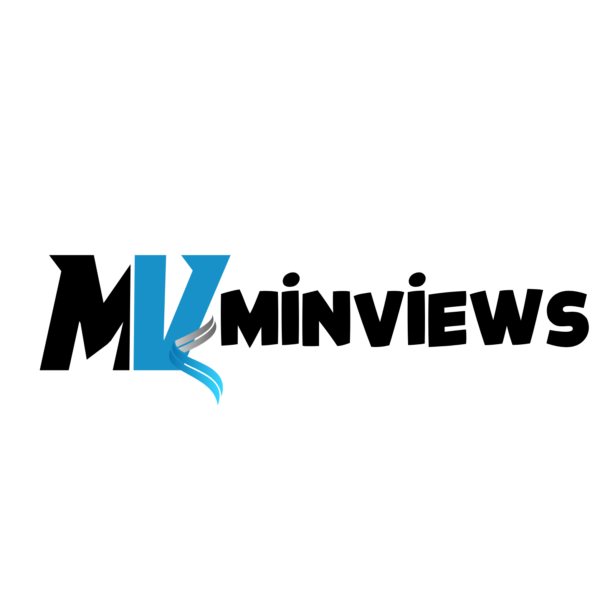In today’s digital age, having a website that loads faster is crucial to attracting and retaining visitors. Time to First Byte (TTFB) is a technical factor that impacts website speed. TTFB refers to the time the server takes to respond to a request from a user’s browser. Improving TTFB is essential as it enhances user experience and boosts search engine rankings. In this blog post, we will dive deeper into what TTFB is, how it affects website performance and ways to improve it for your website.
Understanding TTFB
To understand Time to First Byte, you must know how a web page loads. When a user types a URL into their browser or clicks a link, a request is sent to the server hosting the website. The server processes the request and returns the HTML, CSS, JavaScript, and media files that make up the web page. The waiting time between the request and the first byte arriving is TTFB. It includes the time it takes for the server to receive the request, find the files, and send them back to the user’s browser.
Why TTFB Matters
TTFB affects how fast a website loads, impacting the user experience. Studies have shown that users are more likely to abandon a website if it takes more than three seconds to load. TTFB is also a signal to search engines about the responsiveness and quality of a website. A slow TTFB can negatively affect a website’s search engine rankings, resulting in less traffic and fewer conversions.
How TTFB Affects Website Performance
TTFB is a critical factor that affects website performance. A high TTFB can make your website feel slow, and visitors may leave before the page loads. It can also negatively impact your search engine rankings, as Google uses website speed as one of its ranking factors. A low TTFB, on the other hand, can significantly improve user experience and boost search engine rankings.
Ways to Improve TTFB
Use a Content Delivery Network (CDN): A CDN distributes your website’s content across servers worldwide, allowing users to access your website from a server closer to them. This reduces network latency and improves TTFB.
Optimize Images: Images can be one of the most significant contributors to slow TTFB. Therefore, it’s essential to optimize the images on your website, compress them, and use the proper format.
Use a Caching Plugin: A caching plugin stores commonly accessed data in the server’s memory, reducing retrieving time.
Reduce Server Response Time: Server response time is a crucial factor that affects TTFB. You can improve server response time by switching to a faster hosting provider or using a Content Management System (CMS) that efficiently manages server resources.
Eliminate Render-Blocking Resources: Render-blocking resources such as JavaScript and CSS files, if not optimized, can delay the page load time, resulting in a high TTFB. You can minimize render-blocking resources by reducing their size or using asynchronous loading.
Monitoring TTFB
Monitoring TTFB regularly is essential to ensure it remains within acceptable levels. You can use online tools like Google PageSpeed Insights or Pingdom to identify issues and track progress. You can also optimize specific parts of your website that affect TTFB, such as database queries or third-party scripts.
Also Read: How To Improve Cumulative Layout Shift (CLS) On WordPress?
Conclusion
In conclusion, Time to First Byte (TTFB) is a crucial factor that affects website performance. A high TTFB can deter website visitors and negatively impact search engine rankings. However, there are several ways to improve TTFB. Using a CDN, optimizing images, using a caching plugin, reducing server response time, and eliminating render-blocking resources are effective ways to improve TTFB. Implementing these methods can significantly enhance user experience and give you an edge in search engine rankings.
Also Read: The Influence of SEO on Digital Marketing Strategy

